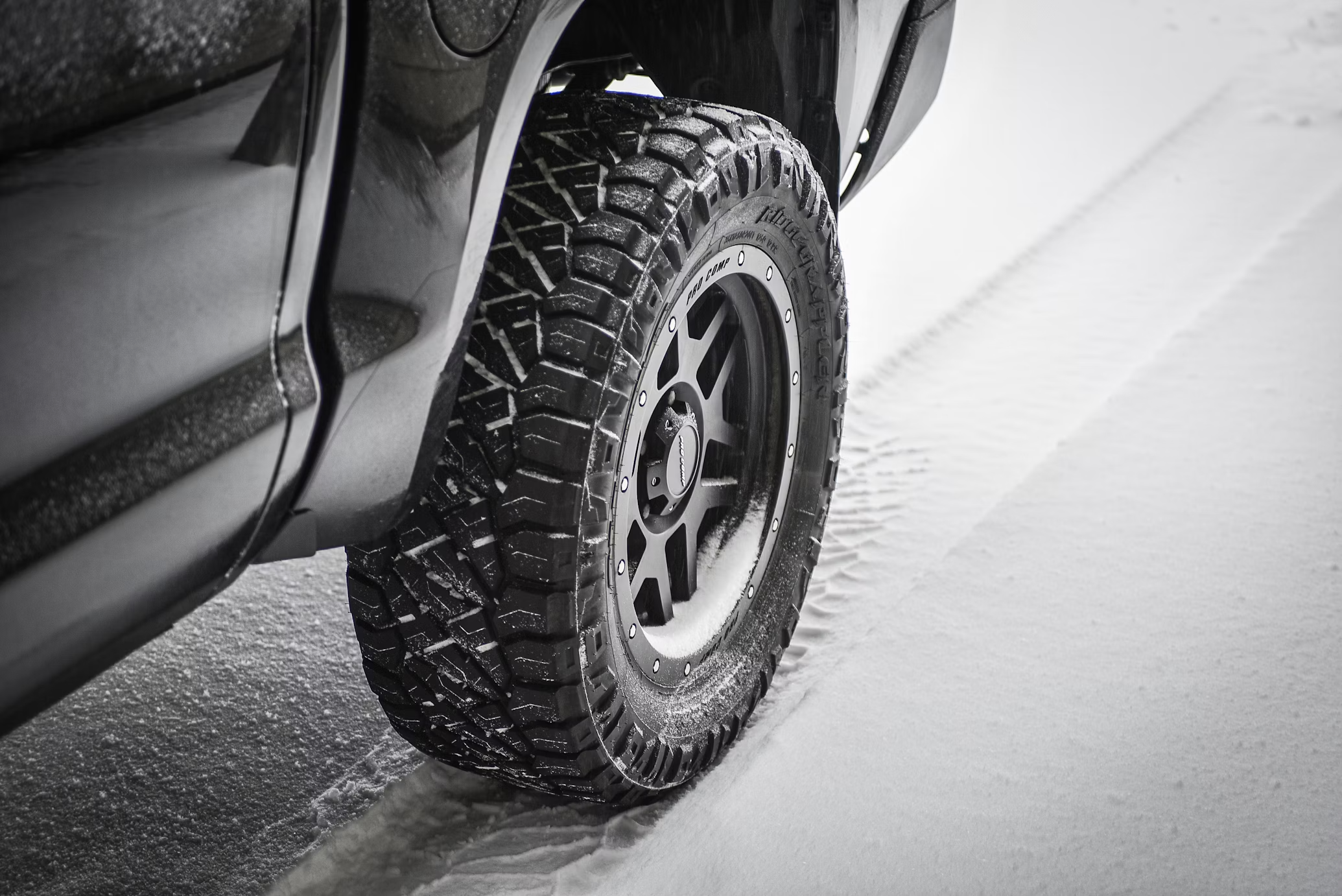
As winter approaches, it’s crucial to ensure your car is equipped to handle the challenging conditions. Winter tires play a key role in improving traction and safety on cold, slippery roads. But when is the right time to switch to winter tires? Here are the most important factors to consider:
Winter tires are made with a special rubber compound that stays flexible in cold temperatures. When the temperature drops below 7°C, summer tires become too hard and lose traction. This is a clear sign it’s time to switch to winter tires. As soon as the forecast shows consistent temperatures below 7°C, it’s a good idea to change your tires.
Winter tires are designed to perform best in slippery conditions such as snow and ice. If you live in an area where winter often brings snowfall or icy roads, winter tires are essential. They provide better traction, shorter braking distances, and increased control on slippery surfaces. Even in areas with light snowfall, winter tires can make a significant difference.
Even if you don’t experience snow or ice, cold temperatures and rain can still make roads dangerous. Winter tires have deeper grooves that help channel water away, reducing the risk of hydroplaning, making them more effective than summer tires on cold, wet roads. Switch to winter tires if you expect rainy conditions during the colder months.
To avoid being caught off guard by icy roads, it’s best to be proactive. Don’t wait for the first frost or snowfall before changing your tires. By switching early, you ensure you have the necessary grip as soon as winter sets in.
The tread depth on your winter tires is crucial for optimal performance. It’s recommended that the tread depth is at least 3 mm to ensure effective traction on slippery roads. If your tires are worn down, replace them before winter begins to guarantee maximum safety and control.
If you live in or plan to drive in mountainous regions where road conditions can quickly become hazardous, winter tires are absolutely essential. Snow and ice are much more common at higher altitudes, and the hilly terrain increases the need for extra traction and stability that winter tires provide.
All-season tires may seem like a convenient solution, but they don’t perform as well as dedicated winter tires in extreme winter conditions. If you live in an area with harsh winters, it’s best to opt for winter tires to ensure optimal performance and safety on the roads.
